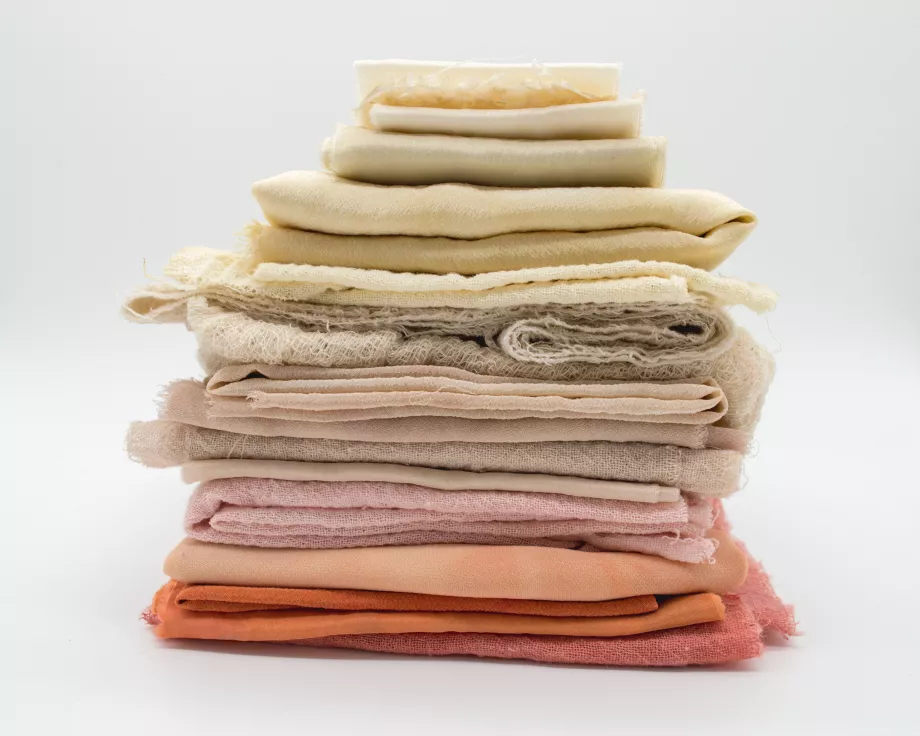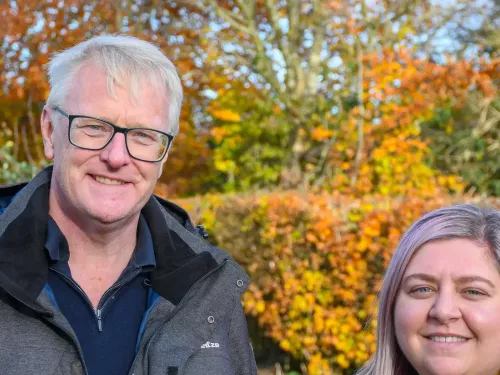
Green your Halloween: Sustainable tips from Folkestone Blue Influencers
Here's how to make your Halloween sustainable, from trick-or-treating more responsibly to using the entire pumpkin.


Thankfully, organic cotton is far better for the environment and for the people who work with it. Organic means the nastier pesticides are not being used and it also needs far less water. This is thanks to the fact that soil which is organically farmed, holds much more plant matter, meaning it dries out slower. Organic farms are also better for the wildlife they contain with one study showing they support 50% more pollinator species than conventional farms.
To really wear sustainable clothes, the best thing is always to look for pre-loved goods first but failing that, organic cotton is a good second.
You will soon be able to shop for pre-loved clothing, while supporting wildlife, at our first Kent Wildlife Trust charity shop in Paddock Wood. We will also be accepting donations and looking for volunteers once restrictions due to Covid-19 allow. Read more here.

Here's how to make your Halloween sustainable, from trick-or-treating more responsibly to using the entire pumpkin.

Rob Smith joins Emily Mason, Sustainability Coordinator at the University of Kent on a tour of their Canterbury campus to see how the University is reducing its impact. Join them on the Talk on the Wild Side podcast.

Looking for ways to reduce your carbon emissions and have a sustainable Christmas. Here's 9 tips from Kent Wildlife Trust.